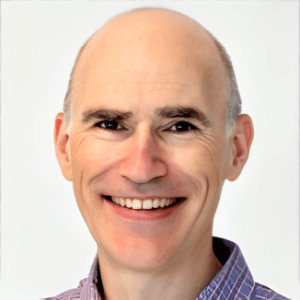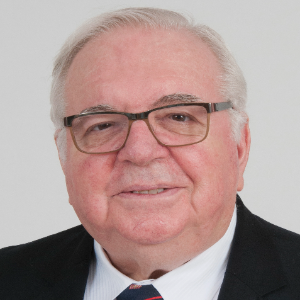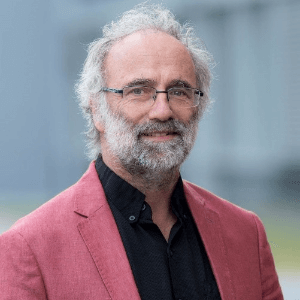Hydrogen energy conversion technologies are projected to be the preferred energy system in the future. Hydrogen can be produced using sustainable and renewable resources. As a result, hydrogen has the potential to meet the world's expanding energy demands in a sustainable manner. When compared to traditional energy systems, hydrogen energy conversion alternatives are numerous, more efficient, and virtually always ecologically friendly. Hydrogen energy is the use of hydrogen and/or hydrogen-containing molecules to generate energy for all practical uses with great energy efficiency, significant environmental and social advantages, and competitive economics.
A fuel cell is a device that uses a chemical reaction to create electricity. The anode and cathode electrodes are located on the anode and cathode, respectively, in every fuel cell. The electrodes are where the reactions that produce electricity take place. Every fuel cell also has an electrolyte that transports electrically charged particles from one electrode to the other, as well as a catalyst that speeds up the reactions between the electrodes. The most basic fuel is hydrogen, but fuel cells also require oxygen. The fact that much of the hydrogen and oxygen used in generating power eventually mix to form a harmless by-product, notably water, is one of the most appealing aspects of fuel cells. When compared to traditional combustion-based power generating technologies, fuel cell technologies are predicted to significantly reduce oil consumption and emissions of pollutants such as greenhouse gases.
- Fuel Cells Advantages and Applications
- The role of hydrogen and fuel cells in the global energy system
- Design of Fuel cells

Ephraim Suhir
Portland State University, United States
Thomas J Webster
Interstellar Therapeutics, United States
Robert Buenker
University of Wuppertal, Germany
Will Skene
Montreal University, Canada
Valeriy A Buryachenko
Micromechanics & Composites LLC, United States
Anis Rahman
Applied Research & Photonics, Inc, United States
Will Skene
Montreal University, Canada
Robert Guidoin
Laval University, Canada
Robert Buenker
University of Wuppertal, Germany


Title : Introducing picotechnology: An exciting extension of nanotechnology
Thomas J Webster, Interstellar Therapeutics, United States
Title : The failure of both einsteins space-time theory and his equivalence principle and their resolution by the uniform scaling method
Robert Buenker, University of Wuppertal, Germany
Title : Material challenges with proton conducting ceramics for intermediate temperature hydrogenation/dehydrogenation applications
Saheli Biswas, Commonwealth Scientific and Industrial Research Organisation, Australia
Title : Porphyrin layers at metal-electrolyte interfaces monitored by EC-STM and CV
Marek Nowicki, University of Wroclaw, Poland
Title : Color control of electrochromes by structural modification
Will Skene, Montreal University, Canada
Title : Make experiments more efficient: Two simple and powerful approaches. Mg2Si growth for photovoltaic and thermoelectric applications
Alexander S Gouralnik , Institute of Automation and Control Processes, Russian Federation
Title : Reconfigurable antenna structures using tunable materials
Nasimuddin, Institute for Infocomm Research, Singapore
Title : (0, 1 and 2) Dimensional hybrid architecture of the synthesized materials leads the smart sensing of the gaseous species at low/room temperature
D R Patil, North Maharashtra University, India
Title : Enhanced grain refinement, precipitates regulation, and improved mechanical properties of cast Al-Li alloy by Ti addition and heat treatment
Lixiong Shao, Shanghai Jiao Tong University, China
Title : Broadband sound attenuation of shape memory polymer with triangular-honeycomb unit cell metamaterial structural design
Musaab Ejaz, Universiti Teknologi PETRONAS (UTP), Malaysia